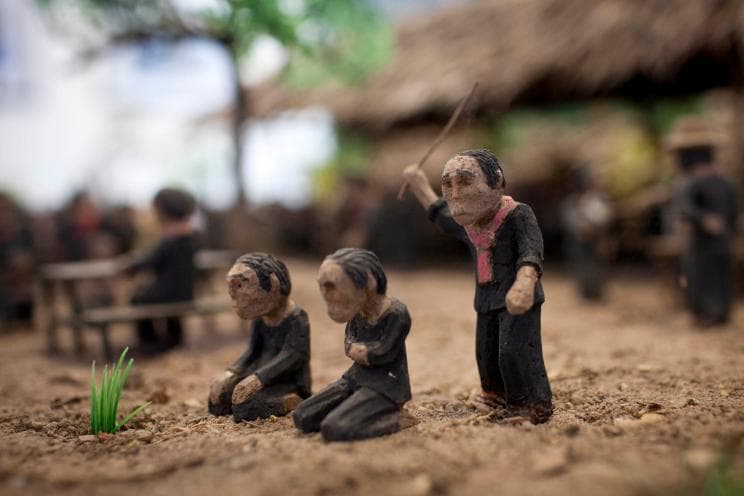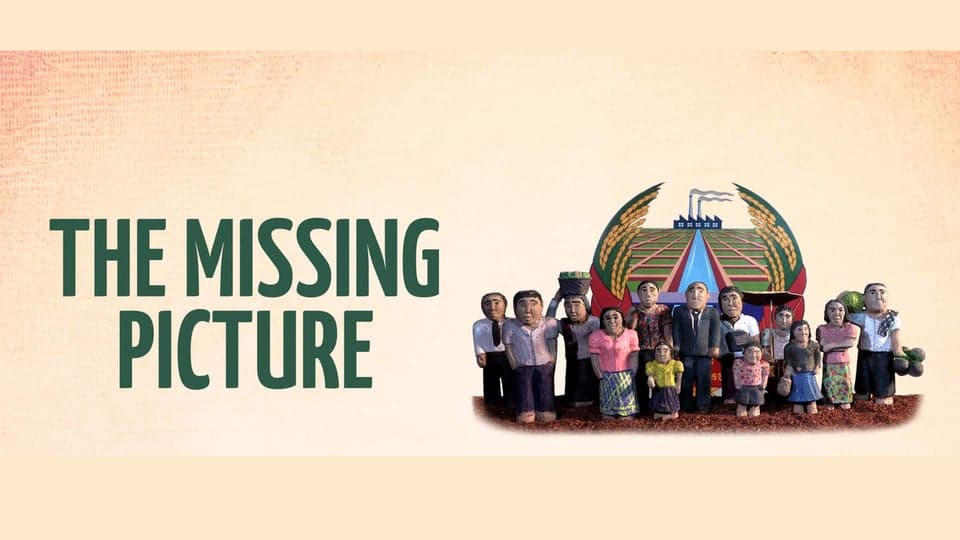
April 17 is a significant day for Cambodians worldwide. In 1975, the Khmer Rouge seized control ushering in a dark era of genocide and displacement. By the early 1980s, following the regime's fall, many families fled their homeland, finding refuge in countries like ours. For the diaspora, this day serves as a reminder of an event that profoundly impacted their lives and a choice they didn’t make.
To commemorate the 50th anniversary of the fall of Phnom Penh, we are pleased to offer a two-day program reflecting on Cambodia's experiences during and after the genocide, while exploring the current state of the diaspora.
This isn’t just an event to look back on the past; it’s a chance for artists, survivors, and all generations to share their stories, explore Cambodian identity, and build connections across cultures.
18:00 - Opening Art Exhibition (Doors Open) featuring artists Dayanny So, Charles Fox & Komarine Romdenh-Romluc.
18:00 - Cambodian Buffet is Served
19:00 - Panel Discussion with Survivors
19.45 - Khmer Urbane (Peter Veth) performs another traditional and modern dance
20:00 Film "Prue Leith. Journey with my Daughter "
21:00 Film, "The Missing Picture ".

THE MISSING PICTURE directed by Rithy Panh
The film portrays the horrors of Cambodia's Khmer Rouge regime from 1975 to 1979 using a blend of animation, archival footage, and clay dioramas by sculptor Sarith Mang. Director Rithy Panh, who lived through the Khmer Rouge's rise to power as a child, escaped to Thailand and eventually settled in France, where he pursued a career in cinema with a focus on depicting the genocide and its aftermath in Cambodia. Panh, who lost numerous family members to the regime, embarked on this film as a personal quest to reconnect with his stolen childhood.
Through the narrative, Panh explores the loss of cultural identity inflicted by the Khmer Rouge, who aimed to forcibly reshape Cambodian society through radical socialism. The film illustrates the erasure of individual identities, with citizens reduced to mere numbers and the suppression of their cultural heritage. Panh's use of clay figurines to fill the gaps in his memories adds a symbolic layer to the storytelling, evoking the innocence of childhood while depicting the brutal realities of life under the regime.
The Missing Picture serves as an attempt to reconstruct a historical period where photographic evidence is scarce due to deliberate destruction by the Khmer Rouge. Panh underscores the importance of cinema as a tool for bearing witness and preserving collective memory, countering the regime's distorted narrative with his own truth-seeking storytelling.e e
Urban Khmer Ballet (UKB) is a grassroots collective of Khmer-American dancers founded by Chummeng Soun & Peter Veth to serve as a creative expression platform for Khmer-American dancers to examine the following; 1) technical & professional training; 2) expressive & contemporary exploration.
As co-founder of Urban Khmer Ballet (UBK), one of Lowell’s most vertical dance troupes, we challenge traditional boundaries through contemporary practice. Our work, celebrated as Reclaiming Imagination, embodies the evolving Cambodian identity and has been featured at music and art festivals and conferences. As a cross-disciplinary creator, I draw from interconnected understandings of humanity, history, nature, and folklore. My holistic approach to developing new work in the performing arts has inspired many creative Khmae Americans to embrace social change.
UKB's mission is to articulate the renegotiation of place for the diaspora in Cambodian dance in order to post the question – What the future might hold for Cambodia’s performing arts and culture in the diaspora?
UKB's vision is to create a space for the next generation of artists to explore their creative processes and creation of new work in response to the 21st-century contemporary vernacular. Instagram: @urban_khmer_ballet
Charles splits his time between the UK and Cambodia and has been working in South East Asia since 2005. He has a degree in Photojournalism from the London College of Communications.
Charles' long term projects are interested in the legacy of conflict, looking at different aspects of legacy and how the current day is affected by the rulings and actions of the past. \
Charles is also the creator of FOUNDCambodia a web based Not-for-profit archive of Cambodian family portraits. The project looks before and after the Khmer Rouge. The projects aim to create a visual history of Cambodian Society through photography, documenting what was lost and how society rebuilt itself.
His work has been widely published including The Sunday Times Magazine, The Wall Street Journal, The Washington Post, National Geographic, WIRED, TIME Lightbox and GEO (Germany). Charles has been featured in several interviews on the
